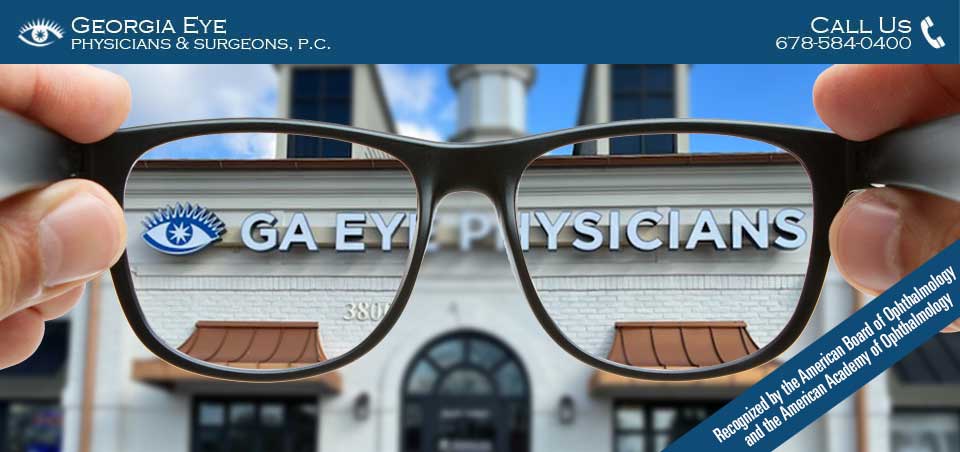Meet Our June Spotlight Patient: Brenda

“He was so patient and kind with my mother,” Brenda elaborated. “He spent a lot of time with her and explained everything in simple terms. He really went out of his way to make her feel at ease. When my cataracts began to really affect my vision later that year, I knew that Dr. Segal was the man I needed to see.”
Cataracts frequently occur when the eye gets older and protein deposits in the lens clump together, creating cloudy areas that partially obscure vision. Over time, cataracts tend to grow larger and more opaque, causing increased glare and a general clouding of vision. When this happens, the damaged lens needs to be replaced with an artificial intraocular lens implant.
“My cataracts were first diagnosed when I loved in California,” explained Brenda. “At the time they were just beginning to form and weren’t really a problem, but the doctor told me I would need to have them addressed eventually. As time went on, the glare got really bad, and I had a hard time driving at night. That was when I decided that I needed to go to Dr. Segal.”
Cataract surgery is a short procedure, usually taking less than thirty minutes. Using the computer-assisted LenSx® laser, Dr. Segal makes a tiny incision in the lens capsule so that the damaged lens can be removed and the new intraocular lens inserted. The advanced, real-time image guidance technology of the LenSx® laser makes it possible to customize the procedure to the highly specific contours of each individual eye, greatly reducing measurement inaccuracies and helping to ensure that each cataract treatment achieves optimal results. The progression of cataracts can be unpredictable, and can often vary between one eye and the other, so it is common to only perform cataract surgery on one eye at a time.
After I had the first eye done,” said Brenda, “I had a bad reaction to the anesthesia and got sick. When I came to get the other eye fixed, Dr. Segal used different medication and even called me personally the next day to make sure I was feeling all right.” Now, Brenda is more active than ever and plans to spend the summer playing with her eight grandchildren up at Lake Lanier. “It was a big transformation! Everything is sharper and clearer now, and everyone was so kind and helpful during the procedure. I hope that nothing ever goes wrong with my eyes in the future, but if I have any problems I will definitely go to Dr. Segal.”
If you are a previous patient interested in sharing your experience with Dr. Segal, or a new patient with questions about the health of your eyes and the procedures that we perform, please contact Georgia Eye Physicians and Surgeons. Be sure to follow us on Facebook, Twitter, and Google+ for more patient stories and tips for healthy eyes.












